SHOW ROOM 01
TANAKA
DIGITAL SHOWROOM

SHOW ROOM 02
Tanaka Forum @ Plug and Play

SHOW ROOM 03
SHOW ROOM 01

SHOW ROOM 02

SHOW ROOM 03
Contents
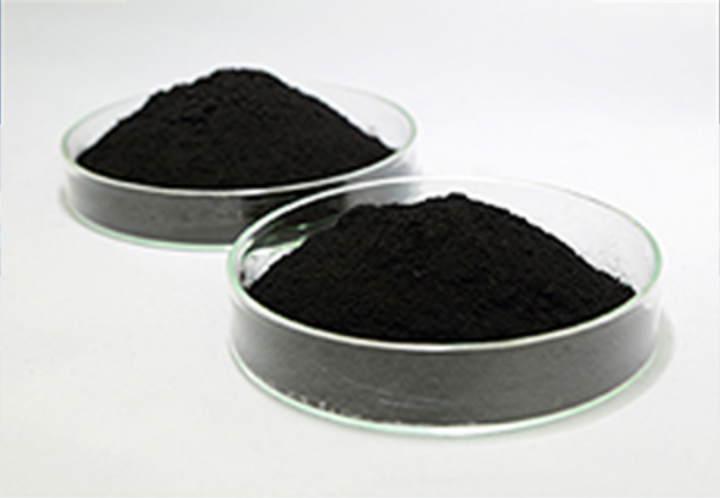
TANAKA has developed highly active catalysts for PEFC cathodes, catalysts with excellent CO poisoning resistance for anodes, and anode catalysts for water electrolysis by combining precious metal technologies.
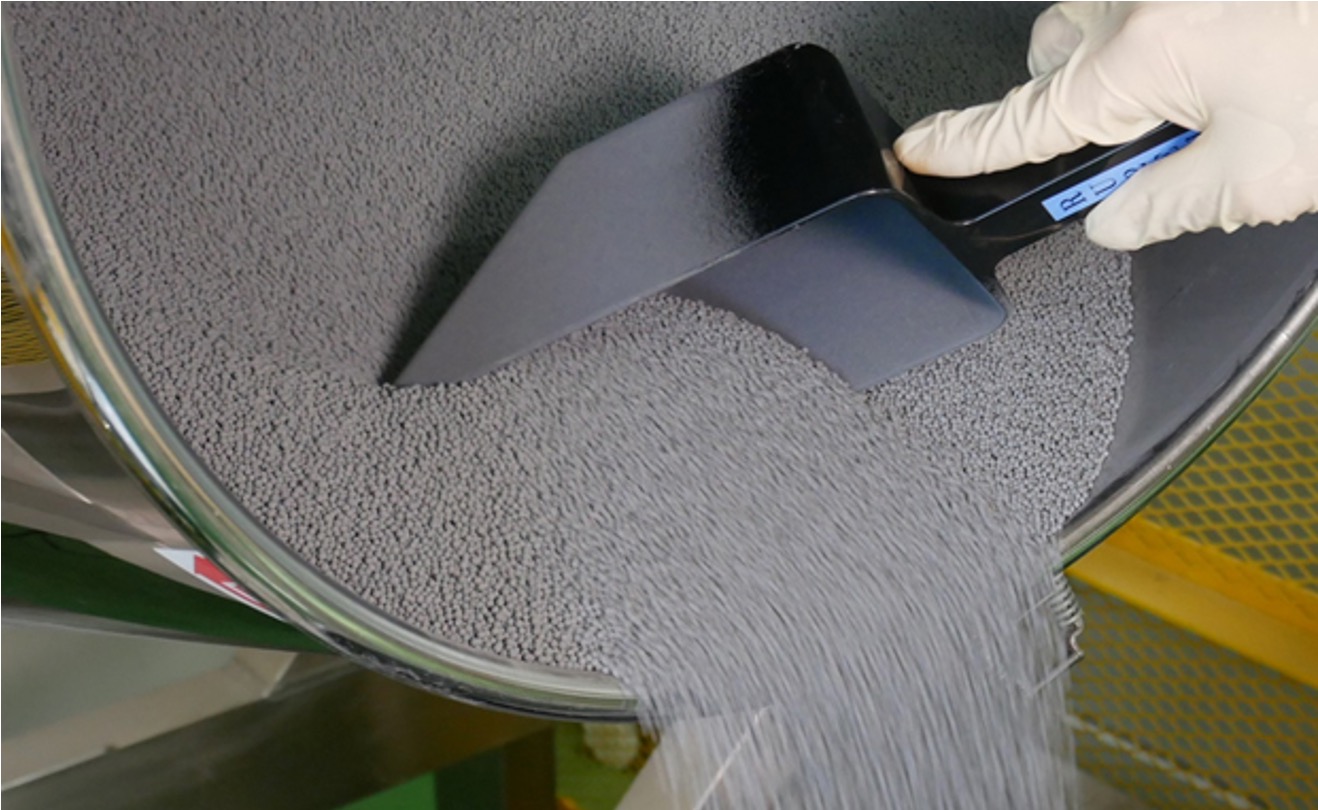
Reforming-based hydrogen production systems can generate high purity hydrogen from natural gas by being installed with Steam reforming, WGSR, and PROX catalysts. We can supply these three types of catalysts.
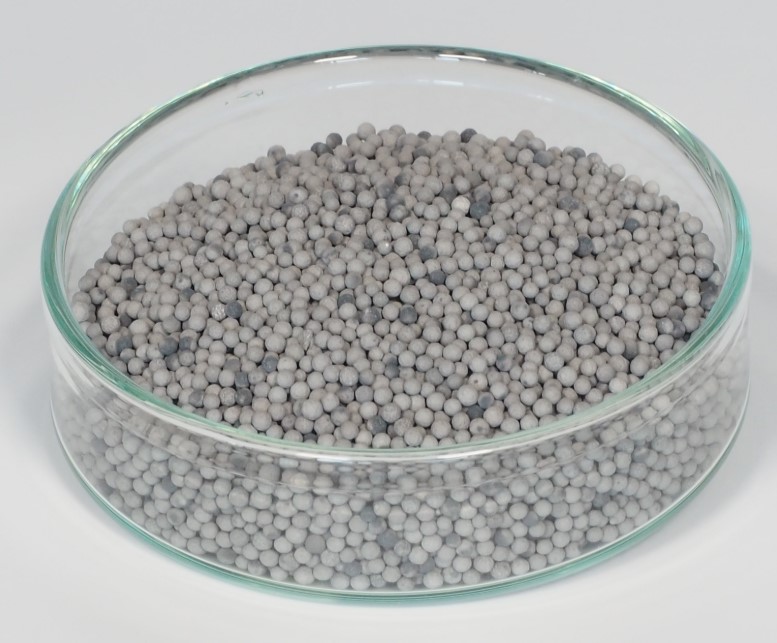
Ammonia (NH3) is expected to have potential as a hydrogen carrier as well as a zero-emission fuel. We provide ammonia reforming catalysts that decomposes ammonia to generate hydrogen.

TANAKA’s ammonia purification catalyst efficiently decomposes ammonia into nitrogen(N₂) and water(H₂O) while suppressing the formation of nitrogen oxides(NOx).
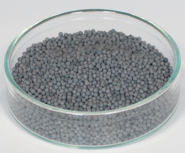
Transforming Carbon dioxide(CO₂) into clean energy Methane(CH4), our methanation catalyst is the key to a sustainable future supported by CCUS technology.
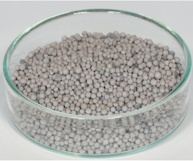
Carbon monoxide (CO), used as a raw material for various chemical products, in steel manufacturing and so on. Our reverse shift catalyst efficiently generates CO from Carbon dioxide(CO₂) and Hydrogen(H₂).
Contents
TANAKA DIGITAL SHOWROOM

Details
Polymer Electrolyte Fuel Cells (PEFCs) are already being introduced and used by countries around the world as an application of hydrogen use. In particular, they are increasingly being adopted as power sources for mobility applications—such as buses and trucks—as well as for permanent and emergency power supplies. We provide a stable supply of electrocatalysts for such applications globally, and undertake the development of catalysts with even better catalytic activity and durability.
We also develop electrocatalysts for Polymer Electrolyte Membrane Water Electrolysis (PEMWE), which is being studied for adoption. Through these efforts, we contribute toward achieving a carbon-neutral society.
■ Electrocatalyst for Fuel Cell
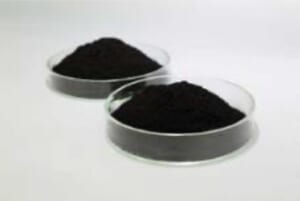
Using deposition technologies that give high metal dispersion in a variety of types and specifications of carbon supports, we have developed a large range of products, including products that bring out the maximum performance of Pt , Pt alloy catalysts, products that suppress Pt elution caused by load fluctuations during fuel cell operation, and products with enhanced durability at high potential. These products are currently the defact standard catalysts in the world.
In addition to standard catalysts, we also offer alloy catalysts and catalysts using various supports,
Please contact us for details.
Here are the latest technology topics.
■ Electrocatalyst for water electrolysis
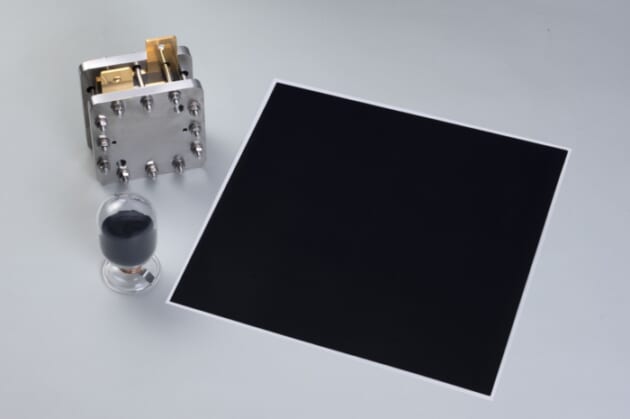
TANAKA provides highly active and durable Ir oxide anode catalysts and Pt-based cathode catalysts as electrocatalysts for PEM-type water electrolysis.
Here are the latest technology topics.
Details
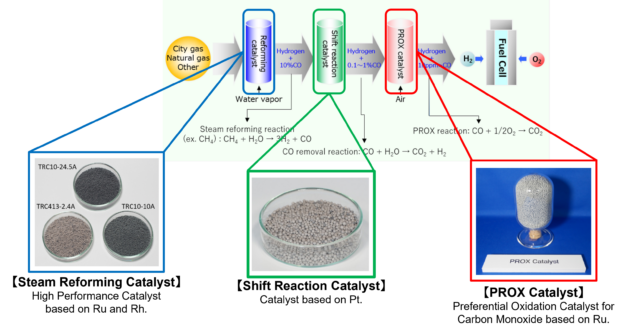
Reforming-based hydrogen production systems can generate high purity hydrogen from natural gas by being installed with Steam reforming, WGSR, and PROX catalysts. We are a one-stop provider of these three types of catalysts used in hydrogen generation processes.
Details
Ammonia has recently gained significant attention as an ideal energy carrier for realizing a hydrogen energy society and as a clean fuel that does not emit CO2 during combustion. Ammonia reforming catalysts efficiently generate hydrogen from ammonia at low temperatures due to the high catalytic activity unique to precious metals. These reforming catalysts maximize the potential of ammonia, which has a high hydrogen energy density, and greatly contribute to the realization of a sustainable energy society in fields such as fuel cells and new energy sectors.
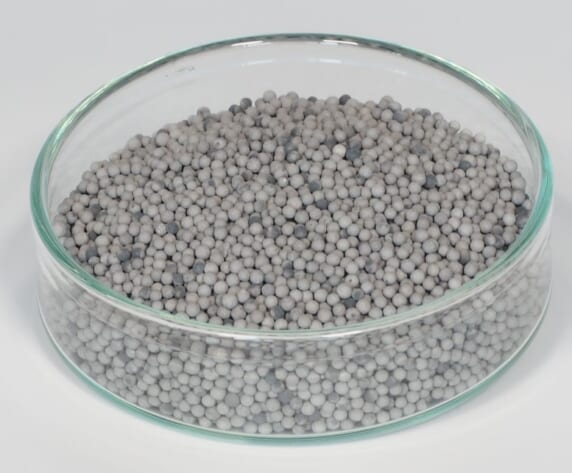
TANAKA’s ammonia reforming catalyst efficiently produce hydrogen from ammonia at extremely low temperatures. Ammonia decomposition can be achieved at a lower temperature by increasing the amount of supported Ru.
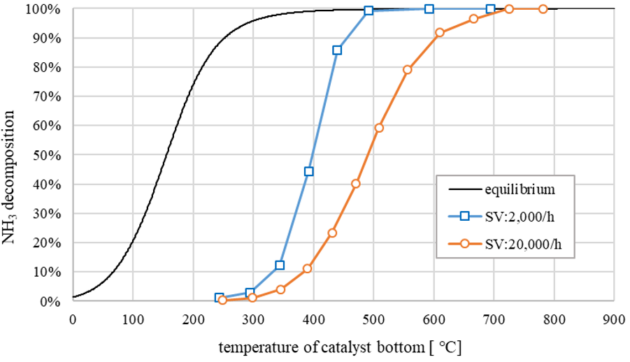
Fig. NH₃ Reforming Performance and SV Dependence
Details
Even trace amounts of residual ammonia during hydrogen production from ammonia decomposition can significantly impair the performance of fuel cells and various hydrogen-utilizing devices. Additionally, harmful nitrogen oxides (NOx and N₂O) may be produced as by-products during ammonia decomposition. This catalyst demonstrates excellent processing performance even at low precious metal concentrations, efficiently decomposing trace ammonia while selectively progressing the reaction to suppress the formation of NOx and N₂O. This ensures a stable supply of safe and clean hydrogen, suitable for advanced applications such as fuel cells.

TANAKA’s ammonia purification catalyst demonstrates excellent processing performance even at low precious metal concentrations, efficiently decomposing trace ammonia while selectively progressing the reaction to suppress the formation of NOx and N₂O. This ensures a stable supply of safe and clean hydrogen, suitable for advanced applications such as fuel cells.
Our in-house designed and manufactured metal honeycomb substrate is made of ferritic stainless-steel foil, providing high surface area and strength. We tailor the size, shape, and pressure loss characteristics to meet each customer’s system specifications.
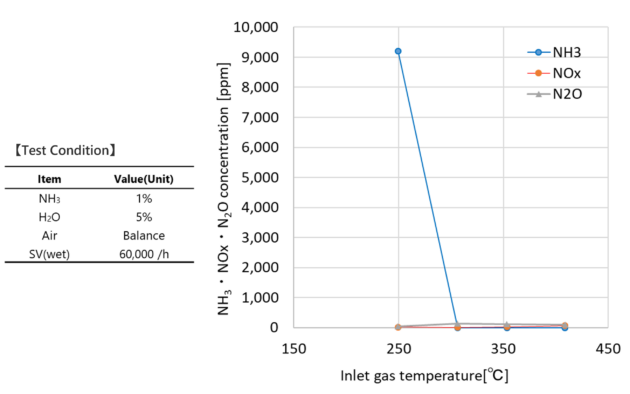
Fig. Changes in the concentration of various gases as a function of inlet gas temperature.
Details
The process of generating methane from CO₂ gas derived from renewable energy is a crucial technology for the cyclical use of energy. TANAKA’s methanation catalyst boasts high catalytic activity even under high SV(Space Velocity) conditions compared to base metal catalysts, and by suppressing carbon deposition, it enables long-term operation.

Methane, which serves as the raw material for city gas and such, is synthesized from CO₂—which causes global warming—and H₂.
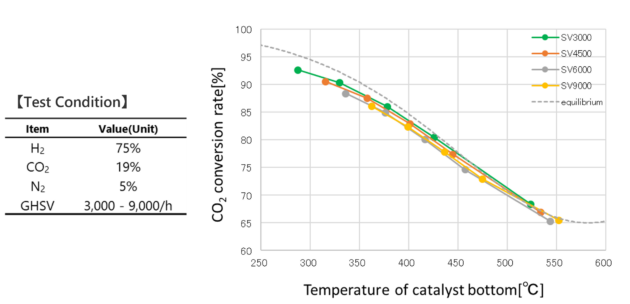
Details
The reverse shift reaction, which recycles emitted CO₂ into CO, contributes to the realization of a carbon-circular society. This catalyst exhibits high catalytic activity and durability at high temperatures, which are unattainable with base metal catalysts. By efficiently and stably converting CO₂ into a valuable resource, it promotes the effective utilization of CO₂ in various industries.

CO, which serve as the raw materials for chemical products and fuel, are generated from CO₂ and H₂. High CO generation ability close to the equilibrium composition is obtained.
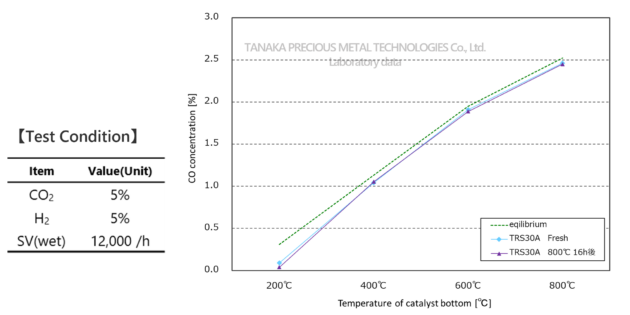
Details
Please input your customer information
TANAKA DIGITAL SHOWROOM
